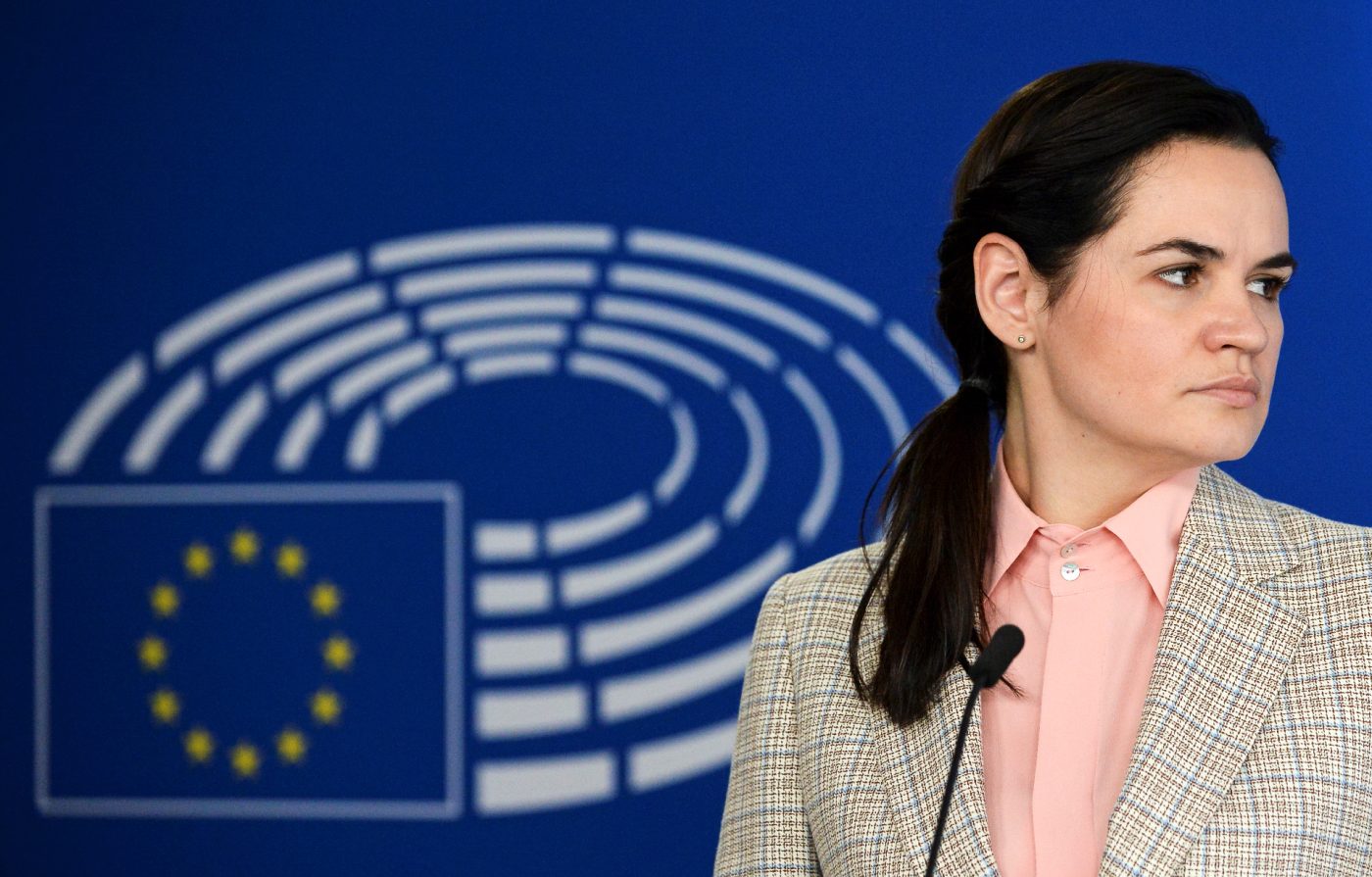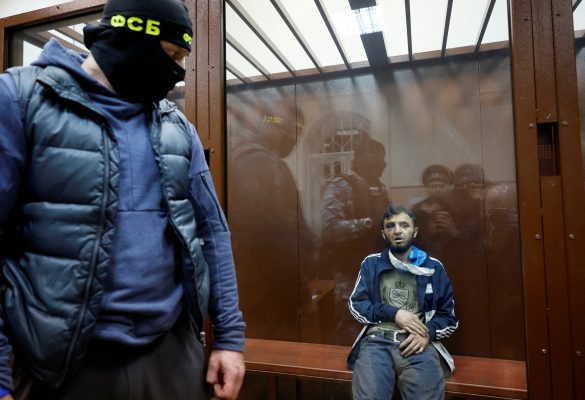At a public meeting in Warsaw in mid-October, Sviatlana Tsikhanouskaya, the nominal leader of the Belarusian opposition, recognized by some as the legitimate winner of the 2020 election, admitted that her conversations with European leaders centered on the future of Belarus after Lukashenka. “We ask them to keep some of the funds dedicated to Belarus for the future, when Belarus will need a lot of support on the path of democratic transition,” she said. While this vision of the free and democratic Belarus is commendable, there are still many obstacles in the way to its realization.
The Vilnius- and Warsaw-based exiled opposition currently represents a mixture of new faces in politics as well as more traditional opposition figures that have participated in nearly every election campaign since 1994. The only former top-ranking official in this group is Pavel Latushka, who has recently announced the formation of his own National Anti-Crisis Management (NACM) body and is actively recruiting members for this new shadow government-like organization. The NACM is already the third larger political body — existing alongside the opposition Coordination Council and Tsikhanouskaya’s own team — that aims at assisting Belarus in democratic transition. Smaller players abound, too: there is the team of former presidential hopeful Viktar Babaryka, a separate initiative by another presidential hopeful Valery Tsepkala, and a range of initiatives to support defecting intellectuals, policemen, and sportsmen. All of these groups are living abroad, and all of them claim to be coordinating with and supporting Sviatlana Tsikhanouskaya.
Their actions are bearing some fruit. Today, EU officials are expected to add 15 people to the sanctions list, including Alyaksandar Lukashenka himself. But even as they achieve success abroad, this exiled opposition is struggling to encourage the Belarus-based electorate to take their protests to the next level amid rising regime repression.
After a series of demands to halt violence against the protesters were dismissed and mocked by authorities, Tsikhanouskaya announced an ultimatum. The authorities had to stop repressions by October 25th, or they would suffer the consequences of the national strike on the next day. The ultimatum did not lead to a nationwide strike on October 26. Those private businesses that dared to stop working for one day are currently enduring state-mandated checks and inspections, and are being forced to pay heavy fines or shut down for trumped-up regulatory violations. And the numbers of striking workers employed at state-run enterprises were not large enough to shut down or cripple operations. Many of those who dared to strike were fired, and some have fled abroad fearing for their safety. Other workers did not quit in solidarity.
These efforts at intimidation by the regime have been broadly effective. The Belarus Solidarity Fund (BySOL), set up to help both officials willing to quit their jobs and people fired for their political views, by November 1 was supporting around 700 people out of a total of 2000 applicants — far less than the tens of thousands that were expected to have applied as the result a nearly three-month campaign asking officials to quit their jobs that preceded the ultimatum.
Thus far, street protests have been the main means of mobilizing civil dissent in Belarus. Now happening for 13 weeks in a row, they have become quite predictable: rallies of women take place on Saturdays, general rallies take place on Sundays, and on Mondays, retired people take a walk. At each such rally, people are arrested and often beaten. Reporters are routinely targeted and jailed, and their cameras are broken and taken away. Undeterred, the protesters continue to gather, showing little fear of the government’s violent tactics.
The authorities are, however, adapting to protesters’ resilience. Right after the appointment of the new Minister of the Interior, former Minsk police head Ivan Kubrakou, more than 230 people were subjected to criminal investigation for their participation in the weekly rally — the highest number since protests began. The National Assembly of Belarus, which serves as the country’s lower parliamentary chamber, is preparing to review a bill that would drastically increase the size of fines for administrative offenses and add more days to maximum jail sentences for “unlawful” protests. And recently, Lukashenka sent former Minister of Interior Yury Karayeu, his deputy Alyaksandar Barsukou, as well as former KGB chief Yury Vakulchyk as aides to several of Belarus’ regions, openly stating he wanted to control the population there and avoid the type of protests that erupted across the country this past summer. It’s clear that the regime sees the ongoing protests as a serious threat.
Tsikhanouskaya’s advisers have warned that a harsh winter in Belarus could cause the protests to shrink. This is not entirely convincing. Protests have survived harsh Belarusian winters over the course of the past decade. What is more ominous is the growing distance that seems to be emerging between the opposition leaders exiled abroad and the protesters stuck in Belarus (which recently closed its land borders with European countries under the pretext of fighting COVID-19). The closer Tsikhanouskaya gets to the foreign leaders, the easier it is for Lukashenka’s regime to paint her as a puppet of foreign powers, and as someone who chose to flee the country and live in relative safety.
The challenge for the opposition this winter is to retain credibility in the eyes of its initial supporters and gain it in the eyes of those state officials who might want to change sides. They have a natural ally in that: a strong nascent self-organized civil society of Belarus. Tsikhanouskaya and her team realize this and are reportedly spending hours on daily calls with local opinion leaders in Belarus: workers, doctors, cultural figures, students, lecturers, and sportsmen who are actively calling for change. Will it be enough? Though perhaps it’s too early to tell, it’s not clear that inspiring political leadership via Zoom is possible.
Maryia Sadouskaya-Komlach is a Non-resident Fellow at the Center for European Policy Analysis (CEPA).
Europe’s Edge is CEPA’s online journal covering critical topics on the foreign policy docket across Europe and North America. All opinions are those of the author and do not necessarily represent the position or views of the institutions they represent or the Center for European Policy Analysis.





